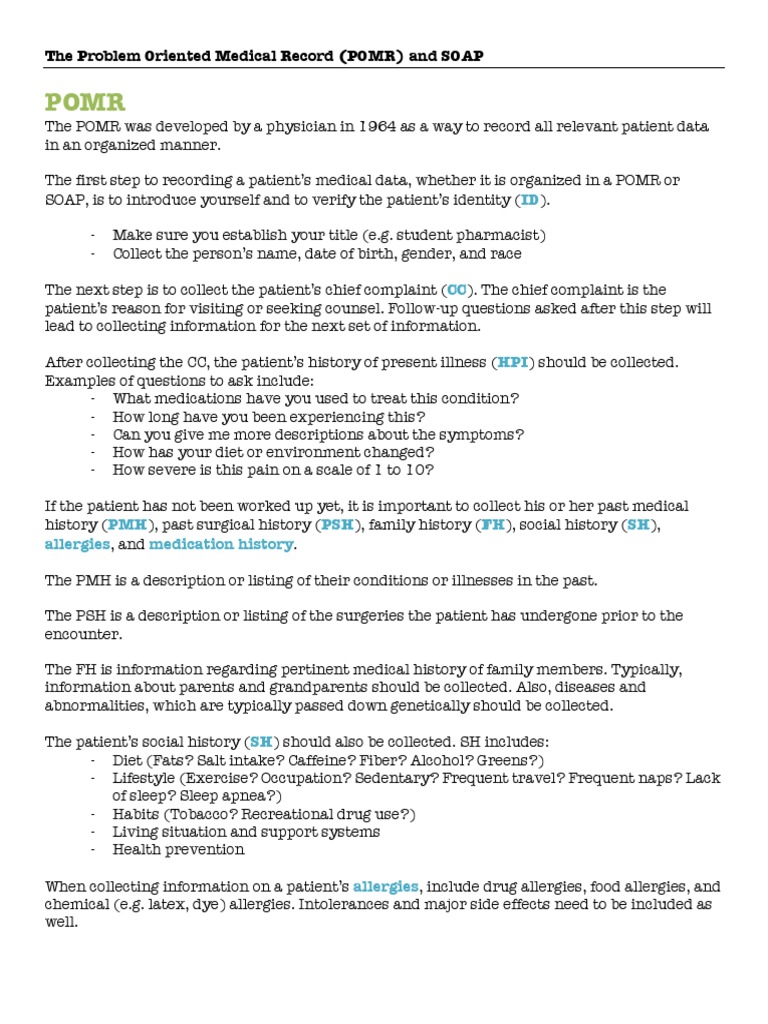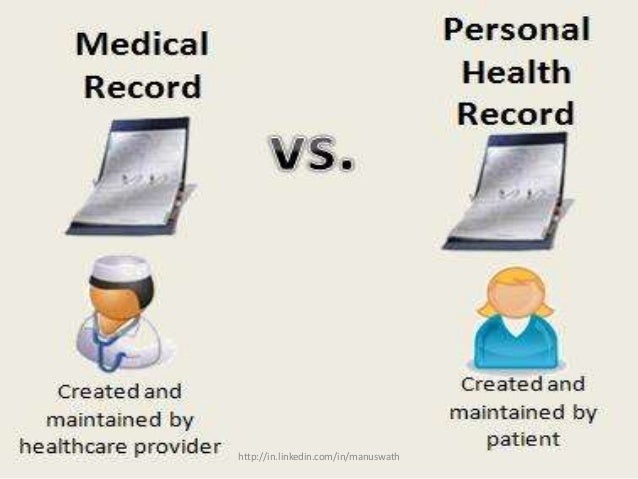Chapter One The Problemoriented Approach
closed simply but this has simply pushed the problem to different components of the world; the place they’ll theoretically A problem oriented medical record (pomr) is a way medical oriented problem record components of recording patient health information in a way that’s easy for physicians to read and revise. the basic idea of pomr is to equip doctors with the ability to understand the patient’s medical history. The first problem is inadequate hypothesis generation and inattention while the second problem is the misinterpretation of findings. problems with electronic health records and why you should consider adopting pomr. the first objective of problem oriented medical diagnosis is teaching and learning.
What Are Problem Oriented Medical Records True North Itg
A three-part plan of care is device based on the identify problems. for each problem, there is a plan for a diagnostic studies, a therapeutic plan, a patient education plan, their primary care provider orders therapies for medical problems, and a nurse orders care for the nursing problems. progress notes. contain the assessment plans in orders of the physician, nurses, and other therapist involved in the patient's care notes are organized by the problem number from the problem list and each. Ch 5notes problem oriented medical record (pomr)note expg 71 6 components 1. comprehensive health history 2. complete physical exam 3. problem list 4. assessment and plan 5. baseline and problem directed lab and radiologic imaging studies 6. progress notes medical oriented problem record components problem list running log including: problem number, date of onset, description of problem, and date problem was resolved or became an.
Is The Problemoriented Medical Records Pomr Approach
Confidential patient medical records are protected by our privacy guidelines. patients or representatives with power of attorney can authorize release of these documents. we continue to monitor covid-19 cases in our area and providers will. Request patient medical records, refer a patient, or find a ctca physician. call us 24/7 to request your patient's medical records from one of our hospitals, please call or fax one of the numbers below to start the process. to refer a patie.
Study Chapter 6 Clerical Procedures Flashcards Quizlet
Problem-oriented medical record (pomr) the pomr as initially defined by lawrence weed, md, is the official method of record keeping used at foster g. mcgaw hospital and its affiliates. many physicians object to its use for various reasons it is too cumbersome, inhibits data synthesis, results in lengthy progress notes, etc. What are the four main components of the problem oriented medical record? a form of patient -care record that has four components : (a) a database of standardized information on medical oriented problem record components a patient's history, physical examination, mental status, and so forth; (b) a list of the patient's problems drawn from the database; (c) a treatment plan for each problem ; and (d) progress notes as related to the. Psychiatric annals w. p. mazur the problem-oriented system in the psychiatric hospital garden grove, calif. : trainex press, 1974. 94 pp. $10. 95. brasing his methods on the weed system of problemoriented medical record keeping, dr. mazur,.
Problemorientedmedicalrecords (pomr) were first described by dr. lawrence weed in 1968. as a patient-focused approach, pomr is advantageous to both patients and providers. the problem is that many doctors avoid using it, arguing that it’s too cumbersome, has many data synthesis restrictions and requires one to take a lot of notes. The problem-oriented medical record (pomr) is a comprehensive approach to recording and accessing patient medical data. first developed by lawrence weed, md, in the 1960s, the pomr gathers information from all members of the patient's care team in order to determine a diagnosis and create a treatment plan. However, dr. weed opted to organize information in terms of responding to patient problems. so under pomr, dr. weed recorded the patient’s information through 5 components: database. the database contains the patient’s medical history, including their lab results, x-rays, physical exam results, etc. problem list. The four main components of the problem-oriented medical record are database, problem list, treatment plan, progress notes. the appointment book should provide enough space for recording all of the following data except the.
Problem-orientedrecord: (por) an approach to patient care record keeping that focuses on the patient's specific health problems requiring immediate attention, and the structuring of a cooperative health care plan designed to cope with the identified problems. in contrast to the traditional “diary” method of record keeping organized according. Medical skin problems can be extremely serious, though many of them are treatable. learn more about medical skin problems at howstuffworks. advertisement medical skin problems can be serious and life-threatening. understanding medical skin. Whether medical oriented problem record components you're interested in reviewing information doctors have collected about you or you need to verify a specific component of a past treatment, it can be important to gain access to your medical records online. this guide shows you how.

Since medical records serve so many important purposes, they have to constitute a complete, accurate, and up-to-date record of the patient's history, condition, and treatment. Your private medical record is not as private as you may think. here are the people and organizations that can access it and how they use your data. in the united states, most people believe that health insurance portability and accountabil. Although the details of implementing a por system may vary according to the setting in which it is to be used and the type of clientele being served, there are four components that are basic to the problem-oriented record. these are the database, problem list, plan, and notes. Behavior therapy 9, 83--88 (1978) a multiple baseline analysis of implementing components of the problem-oriented medical record leonard h. epstein and edward wolff auburn university the use of a training procedure designed to increase recording of three components of the problem-oriented medical record was assessed in three replications of a multiple baseline across behaviors design.

Components of a medical record. a. admissions record. the first part of the medicalrecord, the admissions. record, is compiled when the patient is first admitted to the hospital. the admissions. record includes the patient's name, age, reason for admission, and any other pertinent. information on the patient's history. b. New employees often go through an orientation program which familiarizes them with their new company. this is a vital component in the development of a dedicated and focused workforce. orientation also enables new employees to socialize and. The soap note (an acronym for subjective, objective, assessment, and plan) is a method of documentation employed by healthcare providers to write out notes in a patient's chart, along with other common formats, such as the admission note. documenting patient encounters in the medical record is an integral part of practice workflow starting with appointment scheduling, patient check-in and exam. Medical record. components of a patient’s medical record the medical record can be dissected into five primary components, including the medical history (often known as the history and physicalor, h&p), laboratory and 1,2diagnostic test results, the problem list, medical oriented problem record components clinical notes, and treatment notes.
The add new screen allows you to enter a new listing into your personal medical events record. an official website of the united states government the. gov means it’s official. federal government websites always use a. gov or. mil domain. b. The problem-oriented approach michael d. lorenz duringthe1960s,theproblem-orientedmedicalrecord(pomr)wasintroducedinmedical practice by dr. larry weed. dr. weed developed a system of clinical problem solving that linked components of the medical record to the patient via “problems” or clinical signs.